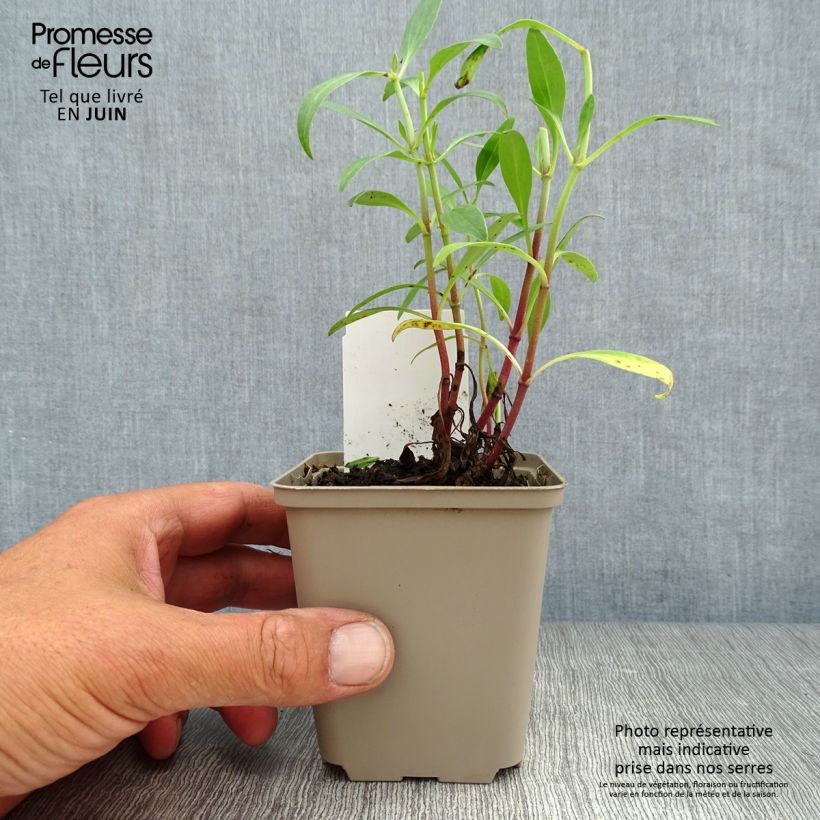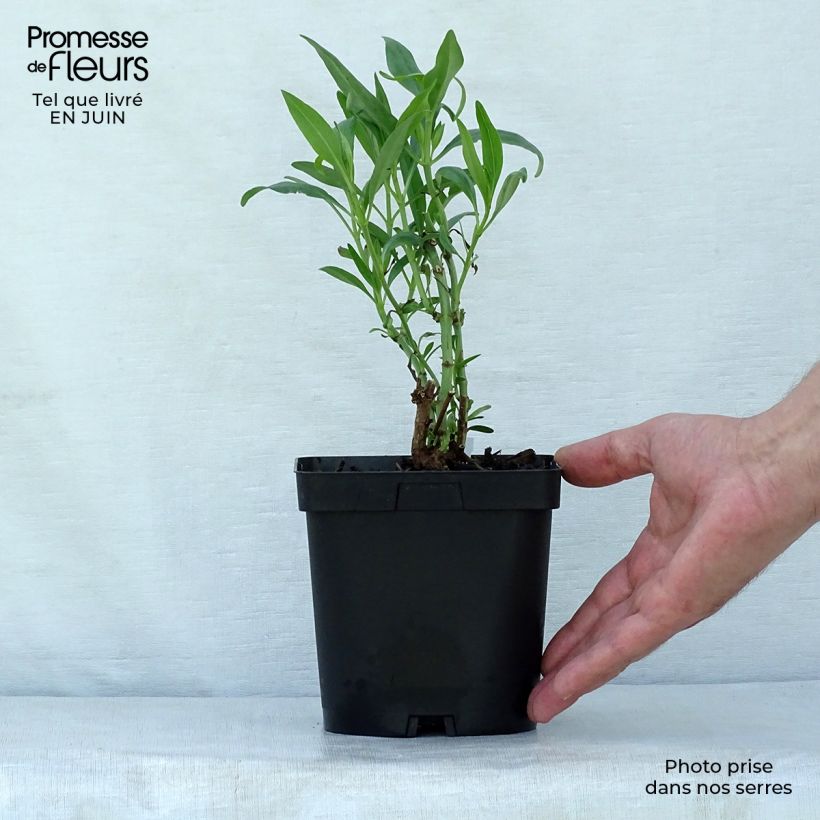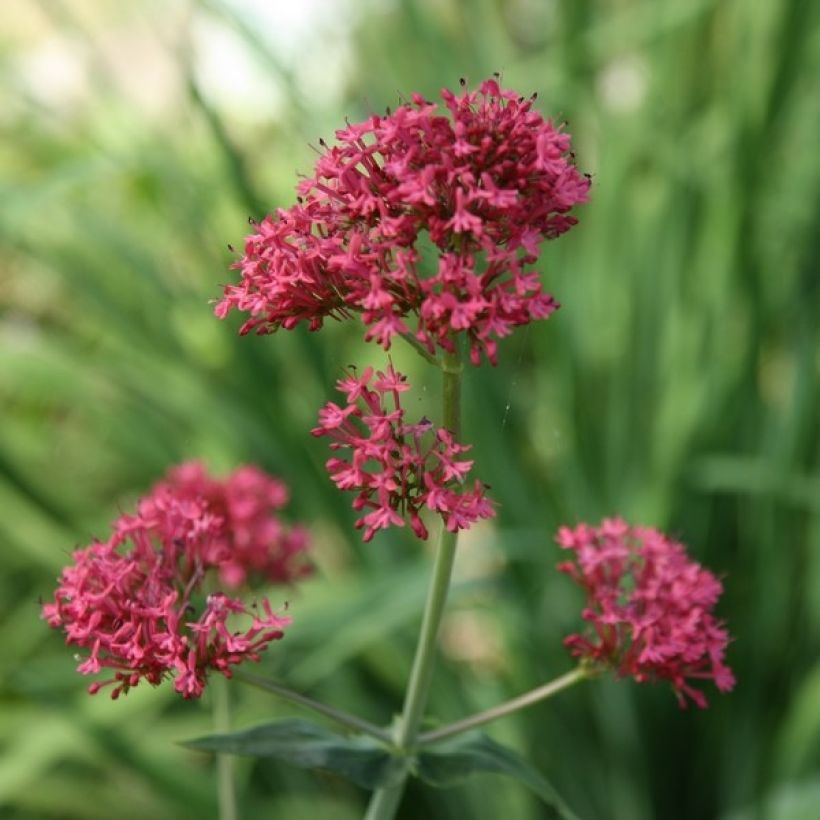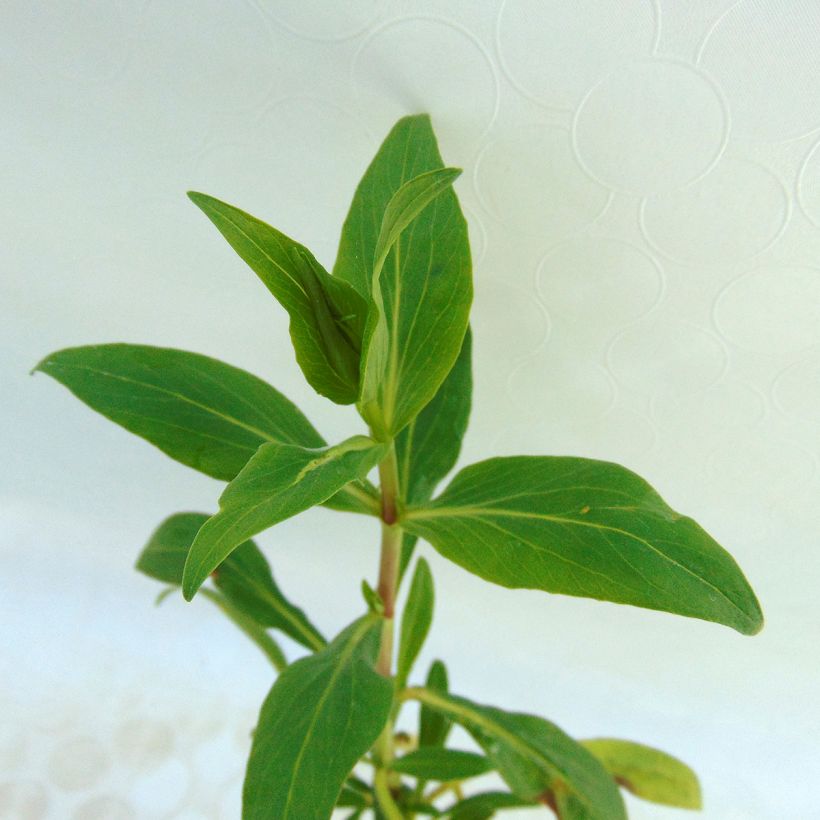Red Valerian Plants for Sale – A Beautiful and Easy to Grow Perennial Flower
Red valerian (Centranthus ruber) is a perennial flowering plant that has become a beloved garden staple thanks to its beauty and ease of care. With dense clusters of bright red, fragrant blooms held atop tall stalks from late spring to early fall, it provides long-lasting color in beds, borders, and containers. If you’re looking to add this pretty plant to your own garden, red valerian plants for sale can be readily found from many reputable online nurseries and garden centers.
A Bit About Red Valerian Plants
Red valerian is native to the Mediterranean region but has naturalized throughout much of Europe, Western Asia, and North America. It is a herbaceous perennial in the Caprifoliaceae (honeysuckle) family that grows 24 to 36 inches tall and 18 to 24 inches wide. The foliage forms a loose mound of light green leaves from which multiple upright stems emerge, each bearing clusters of deep crimson flowers. The blooms have a lovely, sweet scent that attracts pollinators.
While sometimes called “hardy valerian”, this plant is not closely related to the valerian (Valeriana officinalis) grown for its roots and herbal properties. Its common name comes from its historical use as a substitute for true valerian.
Growing Conditions for Red ValerianOne of the reasons red valerian has become such a trusted garden plant is that it thrives in a wide range of conditions. It is hardy in USDA plant hardiness zones 4 through 9 and can tolerate cold winters as well as hot humid summers. It grows best in full sun but also flourishes in partial shade.
Red valerian is adaptable to most soil types as long as the drainage is good. It prefers slightly alkaline soils with a pH between 65 and 75. Although it appreciates regular moisture, mature plants have good drought tolerance once their root systems are established.
This plant has very few pest or disease problems. Deer and rabbits usually pass it by. With its carefree nature, red valerian practically grows itself.
Where to Plant Red Valerian
Thanks to its longevity, vibrant blooms, and fragrance, red valerian has many uses in the garden. It provides vertical interest towards the middle or back of flower beds and borders. Group multiple plants together for a splash of non-stop color. It also grows beautifully in containers on decks, patios, and porches.
Some other ideal locations for red valerian include:
-
Rock gardens – The loose, mounding form drapes nicely over rocks.
-
Slopes and hillsides – The deep roots help control erosion.
-
Along walls or fences – Plant it where the stems can lean on a structure for support.
-
Cut flower gardens – The blooms make excellent cuts for bouquets and arrangements.
-
Herb gardens – Although not culinary, it has historical medicinal use.
-
Butterfly gardens – The nectar-rich flowers attract many pollinators.
-
Wildlife gardens – Hummingbirds are also drawn to the blooms.
Care for Red Valerian Plants
Caring for red valerian is uncomplicated. Here are some tips to keep it looking its best:
-
Prune plants back by one-third to one-half in early spring to remove dead growth and shape the plant. This promotes fuller growth.
-
Remove spent flower clusters as blooming slows in midsummer to encourage additional flowering. Deadheading also reduces reseeding.
-
Water regularly until plants become established. Then provide supplemental water during drought.
-
Apply a thin layer of compost or well-rotted manure around the base in early spring.
-
Divide large clumps every 3-4 years in spring to rejuvenate growth.
-
Protect plants growing in colder zones by applying a winter mulch after the ground freezes.
Red Valerian Plant Problems
As mentioned above, red valerian is relatively problem-free. Potential issues to watch for include:
-
Powdery mildew – This fungal disease causes a white powdery coating on leaves. Improve air circulation to prevent its occurrence.
-
Root rot – Excess moisture can lead to rotting roots. Allow soil to dry between waterings.
-
Aphids – These small sucking insects can cluster on stems and leaves. Knock them off with a strong spray of water or use insecticidal soap.
-
Slugs and snails – These garden pests feed on leaves and flowers. Remove them by hand or trap them with beer in shallow containers buried to the rim at soil level.
-
Reseeding – Deadhead spent blooms to prevent excessive seedlings, which can become weedy. Plants can also be divided to control spread.
Choosing the Best Red Valerian Plants for Sale
When buying red valerian for your garden, look for young plants in containers or packed bare root. Potted plants in 1-quart, 1-gallon, or 2-gallon sizes establish quickly when planted. Larger containerized plants may flower in their first year. Bareroot plants normally take a bit longer to get growing but are extremely affordable.
Examine plants before purchasing to make sure they are healthy and vigorous. Avoid any with diseased, yellowing, or insect-damaged foliage. Select those with robust stems and a nice shape. The roots should fill out the containers but not be excessively pot-bound.
Reputable nurseries and garden centers offer red valerian plants for sale and can advise you on the best options for your specific needs. Buying from a trusted supplier ensures you get high-quality plants. Popular online sellers include Wilson Bros Gardens, Bluestone Perennials, Nature Hills Nursery, and Plant Delights Nursery among others.
Bring Stunning Red Valerian Flowers to Your Garden
With its brilliant blossoms, carefree growth habit, versatility, and availability from many sources, there are so many great reasons to add red valerian to your garden. Choose plants wisely and provide the simple care required, and you’ll enjoy this colorful perennial for many years to come. It’s an outstanding way to give your yard gorgeous floral displays with very little work required.

Centranthus ruber Red Valerian, Jupiter’s Beard, Spur Valerian


Centranthus ruber 8/9 cm pot sample as delivered in summer
Representative but indicative photo taken in our greenhouses The extent of growth, flowering or fruit-bearing will depend on weather and seasonal conditions.
1- or 2-year-old plants available all year round at an affordable price. These will require 2-3 years to establish. The best compromise.

- Price per item €3.90
- Price for 3: €8.70 i.e €2.90 each
Sku: 8840
This item cannot be shipped to the selected country ()


Centranthus ruber 2L/3L pot sample as delivered in summer
Representative but indicative photo taken in our greenhouses The extent of growth, flowering or fruit-bearing will depend on weather and seasonal conditions.
3-year-old or more, well-developed plants, available all year round. for quicker planting and earlier results in the garden. For gardeners in a great hurry!

- Price per item €13.90
- Price for 3: €37.50 i.e €12.50 each
Sku: 884011
Notify me when back in stock
Registered back in stock alert (Remove)
This item cannot be shipped to the selected country ()
Home or relay delivery (depending on size and destination)
and select date in basket
This plant carries a 12 months recovery warranty
More information A fantastic garden plant, comfortable in both rocky and clay soil. Perfectly resistant to cold and dry soils. Its spikes of tiny flowers in a carmine pink shade are a constant attraction for butterflies. Forming a beautiful clump of semi-evergreen foliage, it penetrates the soil with a strong taproot and self-seeds freely, sometimes in walls. Flower size
Customer Reviews and Q&As
Centranthus ruber, or red valerian, is a robust perennial that forms a beautiful rounded and floriferous clump. Its generous flowering extends from May-June until August, gathering a multitude of butterflies around its almost red inflorescences that resemble small clusters of lilac from a distance. Almost fail-proof, comfortable in almost any climate, endowed with the indefinable charm and untamed character of wild plants, it brings lightness to flower beds and shrubs.
Originally from southern Europe, North Africa, and Asia Minor, red valerian has recently been classified in the Caprifoliaceae family instead of the Valerianaceae family. Indeed, unlike the flowers of usual valerians, its tiny flowers are equipped with a long arched spur, which serves as a nectar reservoir for butterflies. It is a powerful herbaceous perennial plant with a woody rootstock anchored in rhizomes. It grows in an erect to spreading bushy clump, reaching an average height of 60cm (24in) with a diameter of 50cm (20in), depending on growing conditions (it is often taller in fertile soil). The clump is composed of hollow and fleshy, brittle stems covered with bloom. They bear small deciduous to semi-evergreen leaves depending on the climate. The thick and fleshy leaves are jade green to glaucous green or grey-green. They wrap around the upper part of the plant. They are petiolate towards the base of the clump, and ovate to lanceolate in shape. Their dimensions do not exceed 2 to 4cm (1 to 2in) in length and 1.2cm (1in) in width. Flowering occurs from May to September, sometimes almost all year round in very mild climates. The tiny carmine pink flowers, grouped in ramified corymbs, are carried on the upper part of the stems above the foliage. They are highly nectar-rich. Note that this perennial plant will live longer in dry and poor soil. It self-sows spontaneously in light soils.
Red valerian, like gauras, Erigeron karvinskianus, and even herbaceous peonies, is one of those almost fail-proof perennials that deserve to be included in every garden. Very floriferous and not demanding on the nature of the soil as long as it is well-drained, centranthus plants grow freely in a garden, filling in the empty spaces between perennials or shrubs. They even grow spontaneously in wall crevices. They bring lightness to flower beds and are very useful for quickly filling a poor embankment or a new garden. They are excellent plants for dry gardens, often lacking flowers in summer. Varieties with white, pink, mauve, or red flowers can be planted with each other to create beautiful colourful displays. They can also be combined with dry-land euphorbias, centaureas, poppies, damask nigellas, and many others.
{$dispatch(“open-modal-content”, “#customer-report”);}, text: “Please login to report the error.” }) class=”flex justify-end items-center gap-1 mt-8 mb-12 text-sm cursor-pointer” > Report an error about the product description
Centranthus ruber in pictures




Top Five Easy Care Flowers for Your Garden (Great for Beginners!)
FAQ
Is red valerian easy to grow?
Bushy, well-branched, with one of the longest blooming seasons, Red Valerian (Centranthus Ruber) is a popular perennial grown for its ornamental and showy star-shaped flowers. Fragrant, this border beauty is easy to grow, fairly pest and disease free, and attracts butterflies.
What is the difference between true valerian and red valerian?
It can be confused with True Valerian (Valeriana officinalis), which usually has paler pink to white flowers and pinnate leaves. Unlike red valerian, the pale flowers of True Valerian have a less prominent spur on the back of the flower, rounder petals and three anthers visibly poking out.
Is the red valerian plant invasive?
In the US it can be found growing in the wild in states located along the western coast, midwest as well as Hawaii. It does not grow well in hot humid climates. This plant is listed as invasive in some counties and has high invasive potential.
What is another name for red valerian?
Valeriana rubra (synonym Centranthus ruber), the red valerian, spur valerian, kiss-me-quick, fox’s brush, devil’s beard or Jupiter’s beard, is a popular garden plant grown for its ornamental flowers.
